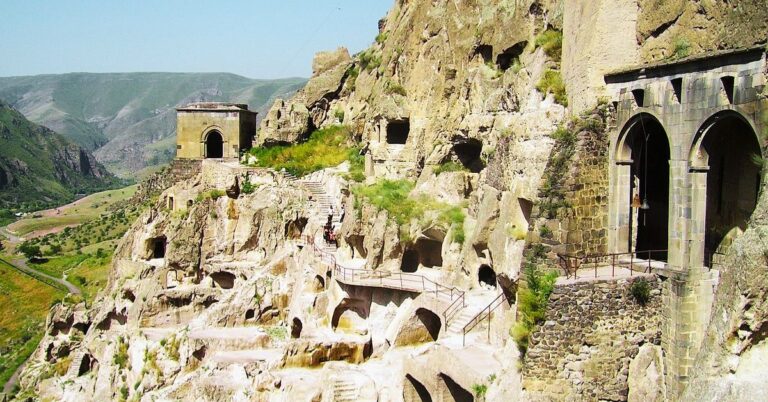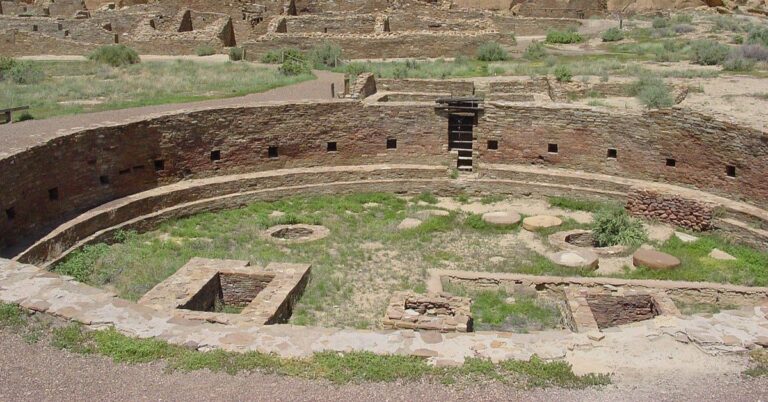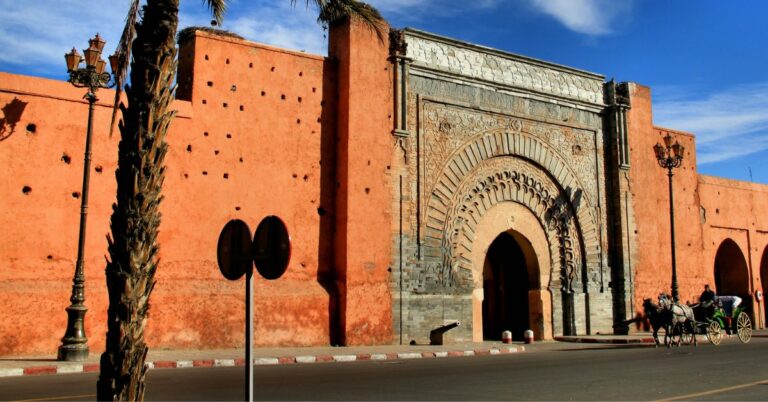15 Deserted American Ghost Towns That Will Give You Chills
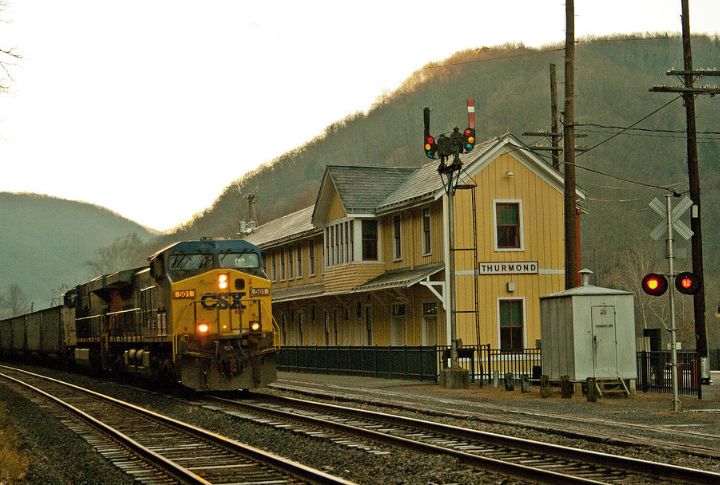
Ghost towns across the United States are eerie reminders of once-thriving communities. Some collapsed when resources dried up, while others fell victim to natural disasters and economic downturns. The following deserted places tell haunting stories—of fortunes made and lost, desperate last residents refusing to leave, and even spirits said to linger among the ruins.
Bodie, California
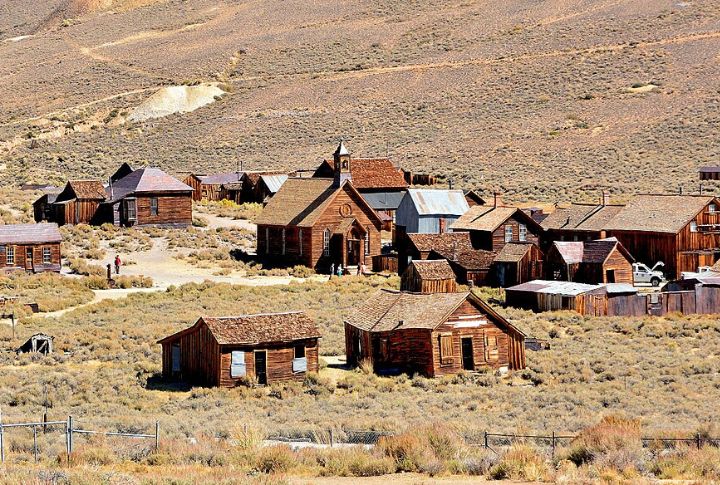
This once-thriving gold rush town is now a ghost town frozen in time. Its population peaked in the late 1800s, with over 10,000 inhabitants, but it declined after gold ran out. Today, Bodie is preserved as a historic park, with facilities left in “arrested decay.” Rumors of paranormal activity persist, especially at the old cemetery.
Cahawba, Alabama

Though Cahawba was the first capital of Alabama, it was abandoned due to frequent flooding. Now an archaeological site, visitors can explore the ruins of historic homes, cemeteries, and eerie tree-lined streets. Whatever remains of the town also reminds visitors of Cahawba’s tragic past, including the Civil War and the yellow fever outbreaks.
St. Elmo, Colorado
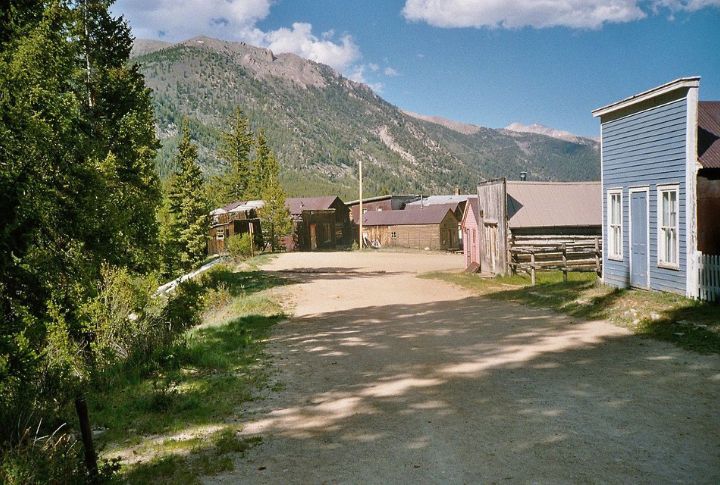
St. Elmo, a once bustling mining town, was deserted when the mines closed in the early 20th century. Carefully-maintained buildings, including an old saloon, general store, and homes, make it feel like a town stuck in time. Its remote mountain location adds to the eerie silence that envelops the environment.
Garnet, Montana
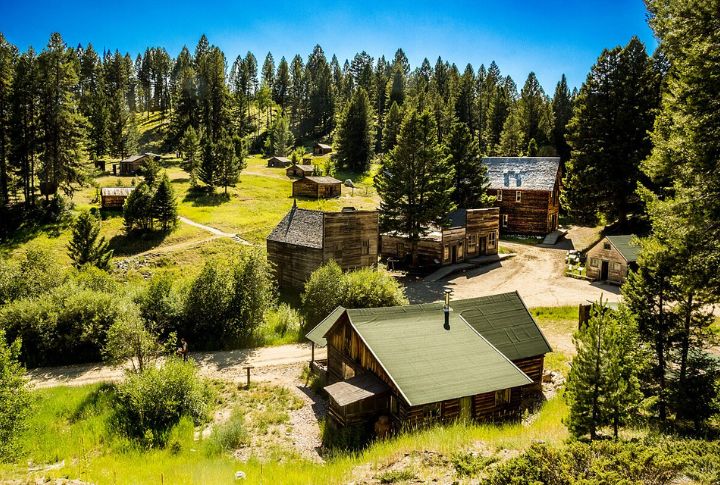
Montana’s gold rush once gave life to Garnet, Montana. Today, the town is one of the best-preserved abandoned sites in the state, with over 30 buildings still standing. Aside from reports of paranormal activities, Garnet’s isolated location deep in the mountains makes it more unsettling, and winter snowfall only adds to the godforsaken atmosphere.
Rhyolite, Nevada

Located near Death Valley, Rhyolite was a booming gold mining town in the early 1900s but was entirely abandoned by 1920. The skeletal remains of the once-thriving settlement include a train station, a bank, and the famous bottle house. Several eerie, crumbling edifices are a popular stop for photographers and ghost hunters alike.
Picher, Oklahoma
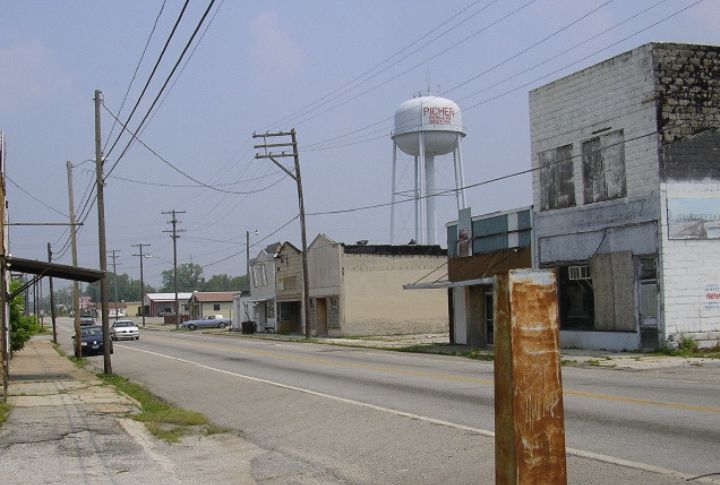
This desolate town is one of the most toxic empty settlements in America. Decades of unregulated mining left it riddled with sinkholes and contaminated with lead. By the 1990s, alarming lead poisoning rates and the collapse of buildings due to underground cave-ins forced evacuations. Picher is now a wasteland filled with massive piles of toxic mining waste.
Kennicott, Alaska
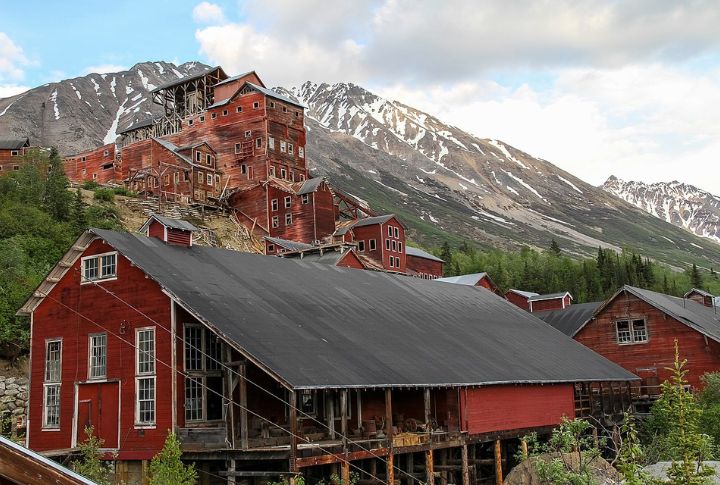
A massive red mill building in this desolate copper mining town still looms over the surroundings, encircled by decaying homes and businesses. Despite its remoteness, Kennicott attracts several visitors annually. Tourists wander through the haunting remains of the town, where corroded machinery and crumbling wooden buildings contrast with the vast, untamed Alaskan wilderness.
Thurmond, West Virginia
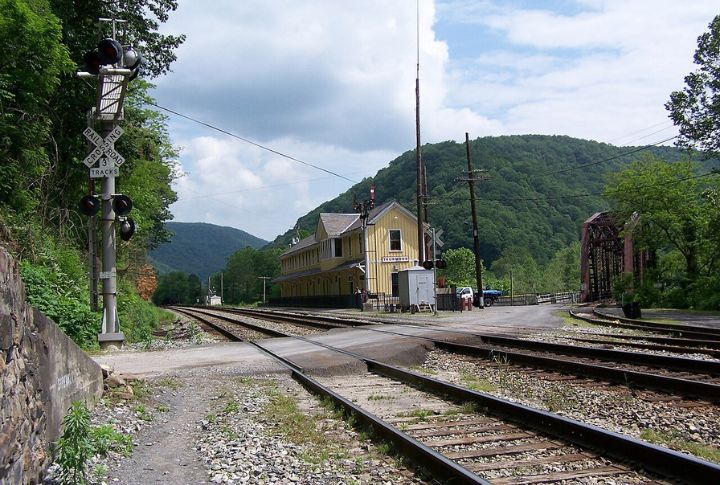
Despite its once prosperous past, Thurmond now has fewer than five residents. A forgotten train depot, banks, and dilapidated homes are among its few remaining houses. The lack of modernization—no paved roads, gas stations, or new facilities—further worsens its fate. Additionally, the surrounding New River Gorge makes Thurmond both beautiful and unsettling.
Glenrio, Texas/New Mexico
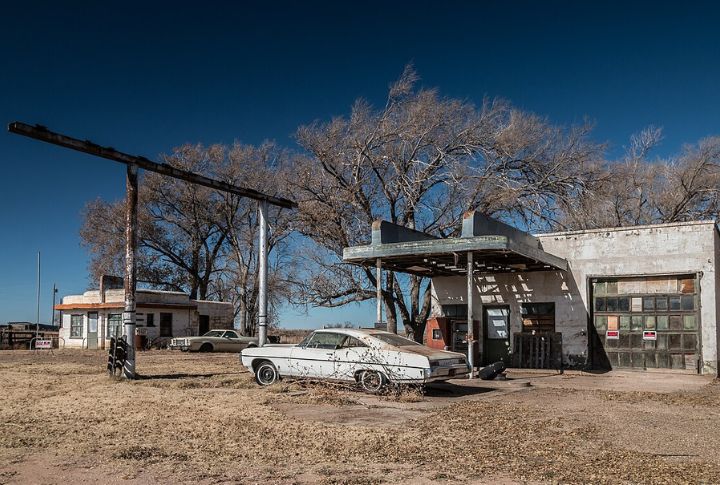
Glenrio, a Route 66 boomtown that collapsed after the interstate bypassed it, sits at the border of Texas and New Mexico. Left to tell the sorry tale are dilapidated gas stations and motels, decaying under the harsh desert sun. The emptiness makes it feel like a post-apocalyptic wasteland, with tumbleweeds rolling through the empty streets.
Bannack, Montana
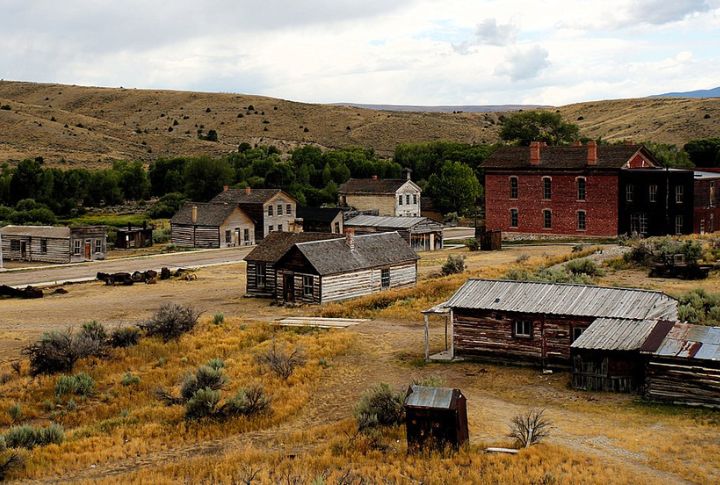
Bannack was founded in 1862 during a gold rush and briefly served as the first territorial capital of Montana. At its peak, the town had nearly 3,000 residents, but as gold mining declined, people gradually left. Today, Bannack is preserved as a state park with over 60 historic and vacant facilities, including a jail.
Grafton, Utah
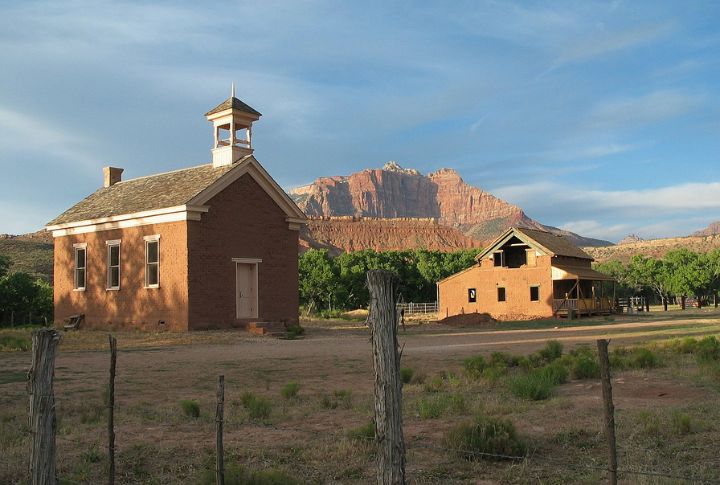
Grafton was first settled in the 1850s and thrived as a small Mormon farming community. Unfortunately, frequent flooding from the Virgin River and Native American conflicts led to its abandonment by the early 1900s. Today, it is one of the best-maintained ghost settlements in the West, with an empty schoolhouse, homes, and a cemetery.
Belmont, Nevada

Despite its past as a bustling silver mining town, Belmont, Nevada, now stands as a haunting relic of the past. During its peak, it attracted thousands of miners and fortune seekers, but as silver veins dried up, the town faded into obscurity. Belmont still retains well-preserved ruins, unlike some forsaken towns that were entirely left to decay.
Independence, Colorado
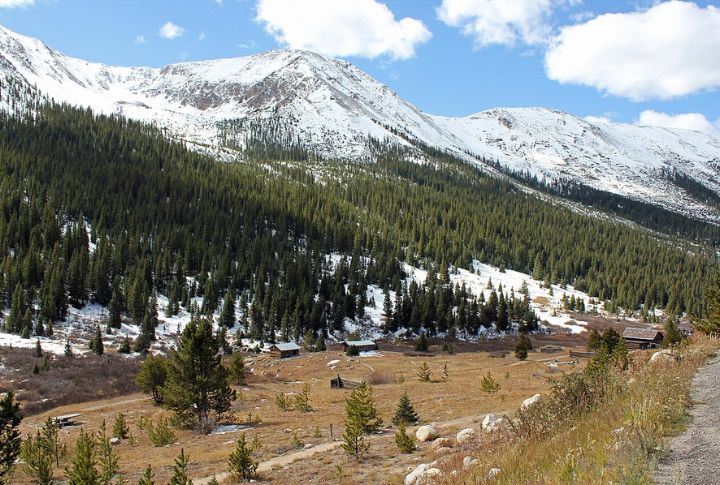
Located high in the Rocky Mountains is Independence, another mining town deserted by harsh winters and an altitude of 10,900ft, which made survival almost impossible. What is now left of the area are a few wooden cabins and mine structures that give visitors a glimpse into its short-lived prosperity.
Shaniko, Oregon
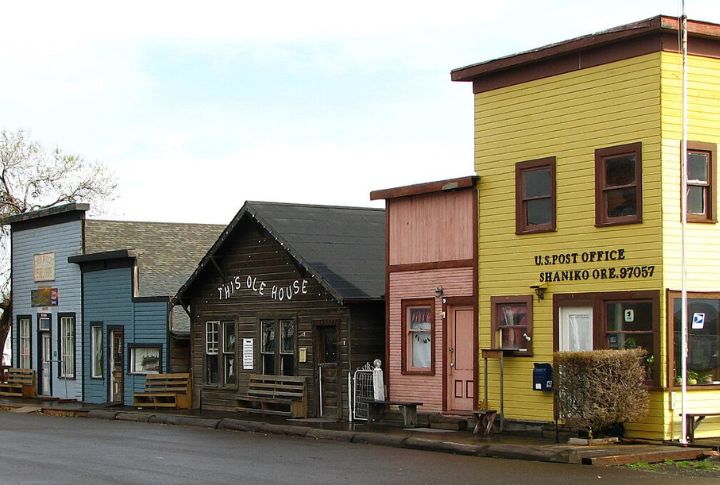
Shaniko’s fate was sealed the moment the railroad bypassed it. Once the “Wool Capital of the World,” the settlement is now home to an abandoned hotel, jail, and general store. Occasionally, staged Wild West events bring a temporary liveliness, but the ghostly aura remains. The cold wind howling through its empty structures only adds to its haunting presence.
Ludlow, California
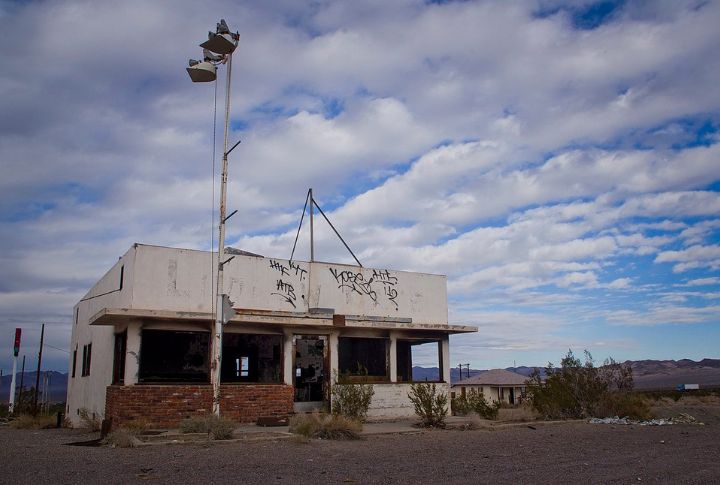
This former railroad town turned Route 66 stop now sits largely desolate in the Mojave Desert. It originally grew in the late 19th century as a railroad and mining hub, supporting local borax and gold operations. Unfortunately, as mining declined and Interstate 40 bypassed it, most inhabitants and businesses left, leaving behind decaying edifices and empty streets.

